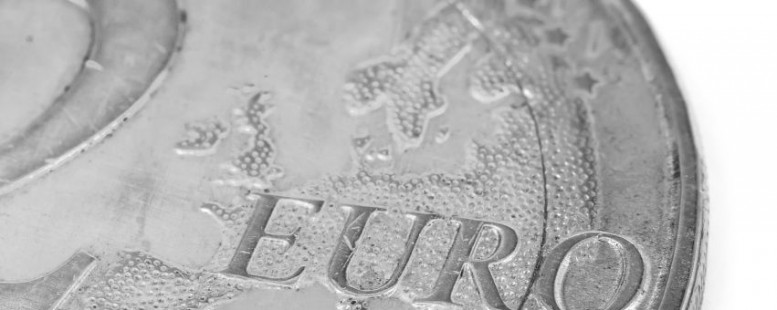Our Opinion: 2014
Is the Euro crisis really over?

The Eurozone recovery is spreading from the core to its more troubled periphery, according to manufacturing data issued on Friday. Confidence in the troubled countries is growing as the recovery continues. However, businesses are yet to begin hiring in large numbers as unemployment remains close to a record high.
Last month, Greece managed to sell five-year bonds as a yield of less than 5%. So, just two years after it imposed huge losses on its creditors following its debt restructuring is able to borrow money at less that 5% interest. Its ten-year bonds are paying a little under 10%, compared to 50% in 2012.
Investors are returning to other troubled countries too. Italian ten-year yields have slid to a record low of just over 3%, Portugal at 3.6% (compared to 17% In 2012). Irish debt is now similarly priced to the UK and Spain is borrowing at a rate equal to its lowest since entering the Euro.
‘The Economist’ believes that the outlook is nowhere near good enough to justify the fall in yields. The main problem is that the-debt ridden countries are unlikely to recover fast enough to get their public debt under control. The debts remain huge – mostly above 100% of Gross Domestic Product. It reports, “Structural reforms, from freeing labour markets and deregulating industries, have not been radical enough to transform their growth prospects.”
Prices are also falling in several Southern Europe states. Deflation makes the debt burden greater by increasing the real value of the fixed sum. Growth is likely to stay weak in the Euro periphery.
Investors buying these Bonds hope that the European Central Bank will print money to combat deflation. But Germany remains fearful of inflation and remains unlikely to agree to ‘quantitive easing’ any time soon.
As bankruptcy fears re-emerge in the outer European states, political turmoil could make a come back soon.
